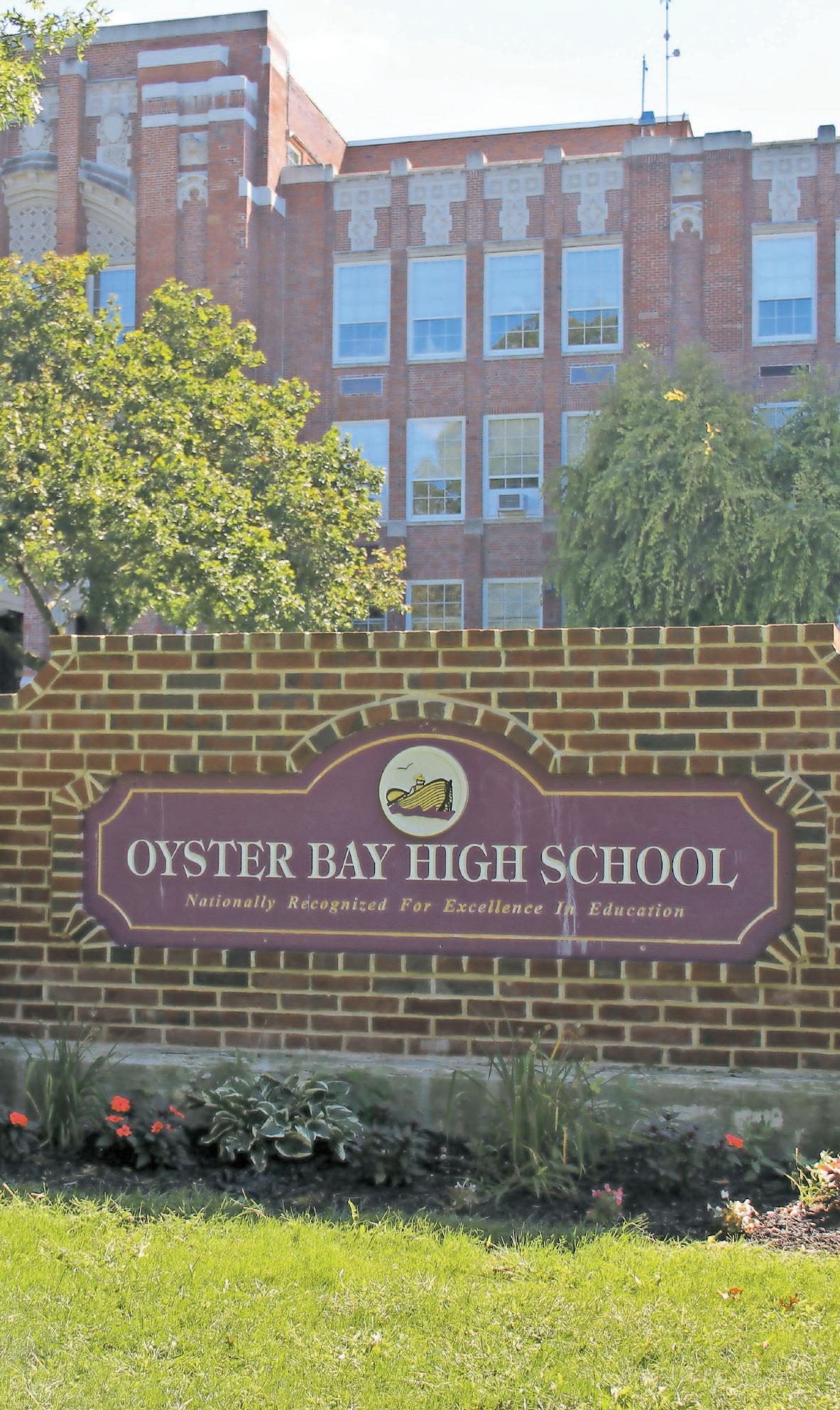
2 minute read
Living in
Look what’s Happening
AUGUST
Christina Daly/Herald Guardian Autentico’s chef, Francesco Pecoraro, can be found in the Oyster Bay Italian eatery creating top notch dinners and tantalizing desserts.

FEBRUARY
Tammy Lanham/Herald Guardian You didn’t have to be a senior to enjoy the Senior Citizens Prom in Locust Valley.


MAY
Elisa Dragotto/Herald Guardian Even during the coronavirus pandemic, Bayville held a Memorial Day event to honor members of the military who made the ultimate sacrifice. West Harbor Beach is a favorite spot in Bayville.
Elisa Dragotto/Oyster Bay Herald Guardian
LIVING IN…
The North Shore, one of the most desirable places to live on Long Island, is filled with places that offer opportunities to live, work and play all while enjoying stunning views.
Bayville, a historic beachfront community
Although incorporated in 1919, the village of Bayville has had a historic run dating back over 350 years. Covering 1.5 square miles of land at the edge of the Long Island Sound, Bayville’s population has grown from just 625 in 1920 to around 6,700 people as of 2016. What began as a small farming center has transformed into a vibrant beachfront community filled with restaurants and an amusement park. But through it all, Bayville’s pristine beaches remain as the village’s most timeless draws.
Living in Locust Valley
Locust Valley, which occupies just 576 acres with a population of around 3,400, has quickly emerged as one of the North Shore’s most desirable places to live. The greater Locust Valley area, which encompasses the nearby incorporated villages of Mill Neck, Matinecock and Lattingtown, has also created a larger community for residents to immerse themselves in. Known for its sprawling country clubs and several historic landmarks, Locust Valley has managed to hold onto its small-town charm, while offering local residents a luxurious lifestyle.
Oyster Bay, a small piece of history in your backyard
The Hamlet of Oyster Bay is one of the most historically significant places in all of New York, serving as a hub of the North Shore’s commerce, recreation and residence. Despite its relatively small size of 1.6 total square miles — 1.2 square miles of land and 0.4 square miles of water — the hamlet is still home to roughly 6,826 residents, and people from across Long Island are constantly coming and going to enjoy the many restaurants and waterfront activities Oyster Bay has to offer.
Dutch explorers named Oyster Bay in 1615 for the abundance of shellfish in the nearby waters. The area was settled by the British in 1653 after colonists Samuel Mayo, Peter Wright and Reverend Leverich purchased the land from the Matinecock Native American tribe. When the American Revolution came around in the latter quarter of the 18th century, British soldiers occupied the hamlet, using Raynham Hall as a local headquarters. Local legend has it that it was there that Colonial spy Robert Townsend first learned of Benedict Arnold’s plan to surrender West Point.
Oyster Bay was also home to one of the United States’ most revered presidents — Theodore Roosevelt. He and his family lived at Sagamore Hill, a sprawling property that has been perfectly preserved. Visitors can go through the house and surrounding land to take a trip back to the late 19th and early 20th centuries to see just how the Roosevelts lived.










